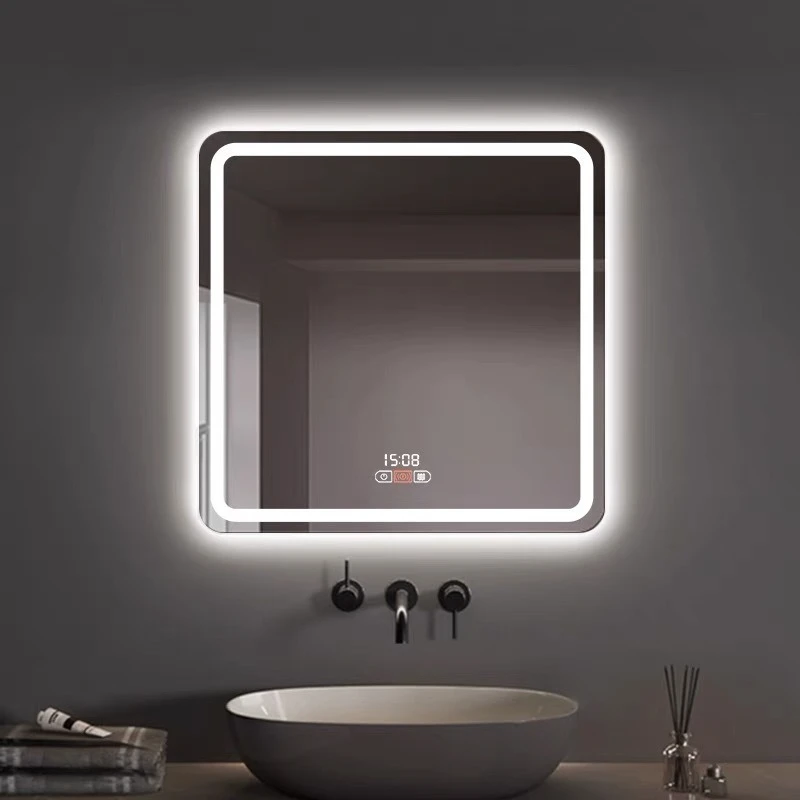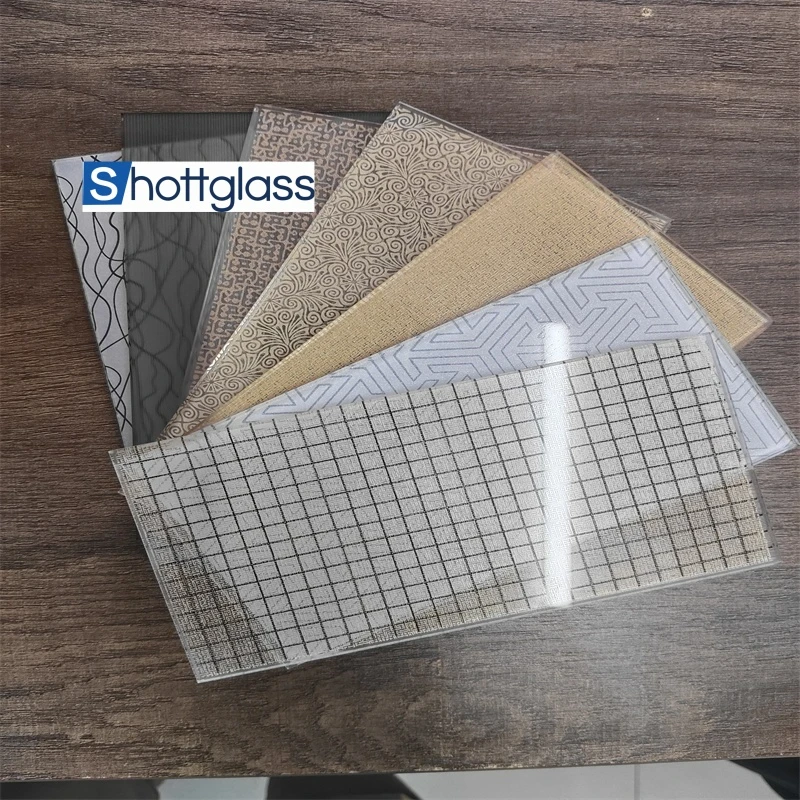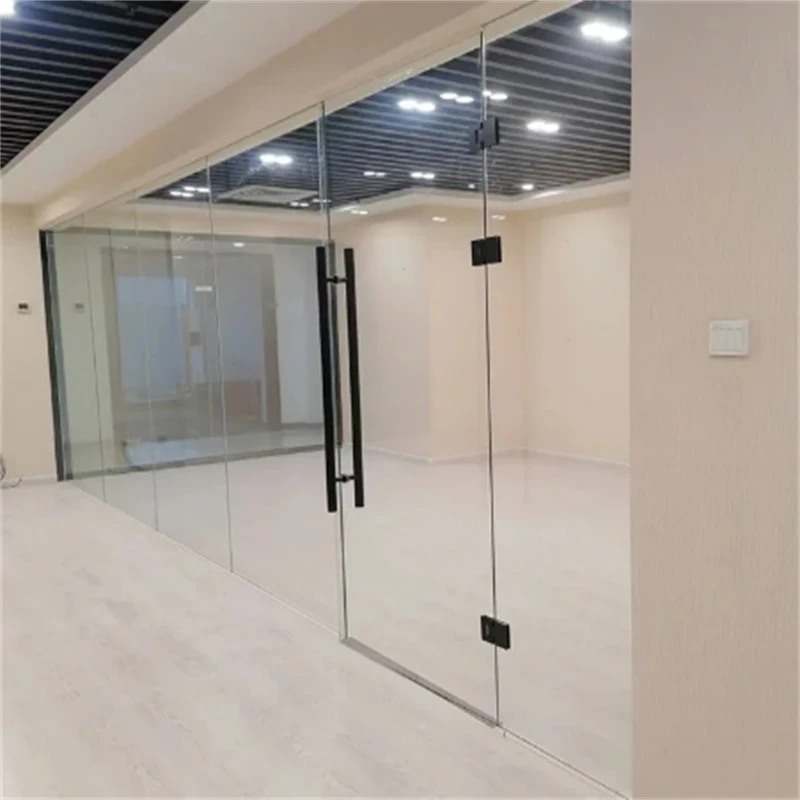10 月 . 11, 2024 09:10 Back to list
low emissivity glass coating
Understanding Low Emissivity Glass Coatings Benefits and Applications
Low emissivity (low-e) glass coatings have revolutionized the world of construction and architecture by dramatically improving energy efficiency in buildings. These thin, transparent layers help control the amount of infrared and ultraviolet light that passes through the glass, while allowing visible light to enter. This results in improved thermal performance, reduced energy costs, and enhanced comfort for occupants.
What is Low-E Glass?
Low-e glass is typically coated with a microscopically thin layer of metal or metallic oxide. This layer reflects heat back into a room during winter, while keeping excess heat out during summer, thus regulating indoor temperatures. Low-e coatings can be applied to single, double, or triple glazed windows, significantly improving their energy efficiency compared to standard glass.
There are two primary types of low-e coatings passive and solar control. Passive low-e coatings are designed to maximize solar gain during colder months, making them ideal for colder climates. On the other hand, solar control low-e coatings minimize solar heat gain, making them suitable for warmer climates where air conditioning is a concern.
Benefits of Low-E Glass Coatings
1. Energy Efficiency One of the most significant advantages of low-e glass is its ability to improve the energy efficiency of buildings. By reflecting natural sunlight while minimizing heat loss, low-e coatings help to reduce reliance on heating and air conditioning systems. This not only leads to lower energy bills but also lessens the environmental impact of the building.
2. Comfort Maintaining a consistent indoor temperature is crucial for comfort. Low-e glass helps stabilize temperatures by reducing the cold drafts in winter and preventing excessive heat in summer. This leads to a more comfortable living and working environment, enhancing productivity and wellbeing.
low emissivity glass coating

3. UV Protection In addition to thermal benefits, low-e glass also protects against harmful ultraviolet (UV) rays. Over time, UV exposure can damage furniture, artwork, flooring, and fabrics within a building. Low-e coatings can block a significant percentage of UV radiation, preserving the integrity and appearance of interior spaces.
4. Noise Reduction Low-e glass can also provide sound insulation benefits. The multiple glazing often associated with low-e glass installations dampens outside noise, leading to a quieter indoor environment. This is particularly advantageous in urban areas where traffic and street noise can be disruptive.
5. Aesthetic Flexibility Low-e glass is available in various designs and can be customized to fit different architectural styles. It complements modern aesthetics while providing functional benefits. Builders and architects can choose from various low-e coatings that cater to specific energy efficiency needs without compromising the visual appeal of a building.
Applications of Low-E Glass
Low-e glass coatings are widely used in both residential and commercial construction. In homes, they are often utilized in windows, patio doors, and skylights to enhance energy performance. In commercial buildings, low-e glass is increasingly incorporated into facades, curtain walls, and glass roofs to achieve modern aesthetic standards while meeting energy codes.
Builders and architects are also leveraging the advantages of low-e glass in green building certifications. Many standards, such as LEED (Leadership in Energy and Environmental Design), recognize the use of low-e windows as a key factor in achieving energy-efficient and sustainable building practices.
Conclusion
Low emissivity glass coatings are an essential component of modern construction, offering a range of benefits from energy efficiency to UV protection and aesthetics. As the focus on sustainable building practices continues to grow, the adoption of low-e glass is likely to increase, contributing to a greener, more energy-efficient future. Whether in residential or commercial projects, low-e glass stands out as a smart investment that aligns with both environmental goals and occupant comfort.
-
Wired Glass: A Strong and Secure Glass Solution for Various Applications
NewsNov.04,2024
-
Tinted Glass: A Stylish and Functional Choice for Modern Homes
NewsNov.04,2024
-
The Elegance and Versatility of Silver Mirrors
NewsNov.04,2024
-
The Advantages of Copper Free Mirrors
NewsNov.04,2024
-
Tempered Glass: A Reliable Choice for Modern Applications
NewsNov.04,2024
-
Pattern Glass: Stylish and Functional Glass for Modern Design
NewsNov.04,2024
Related PRODUCTS














